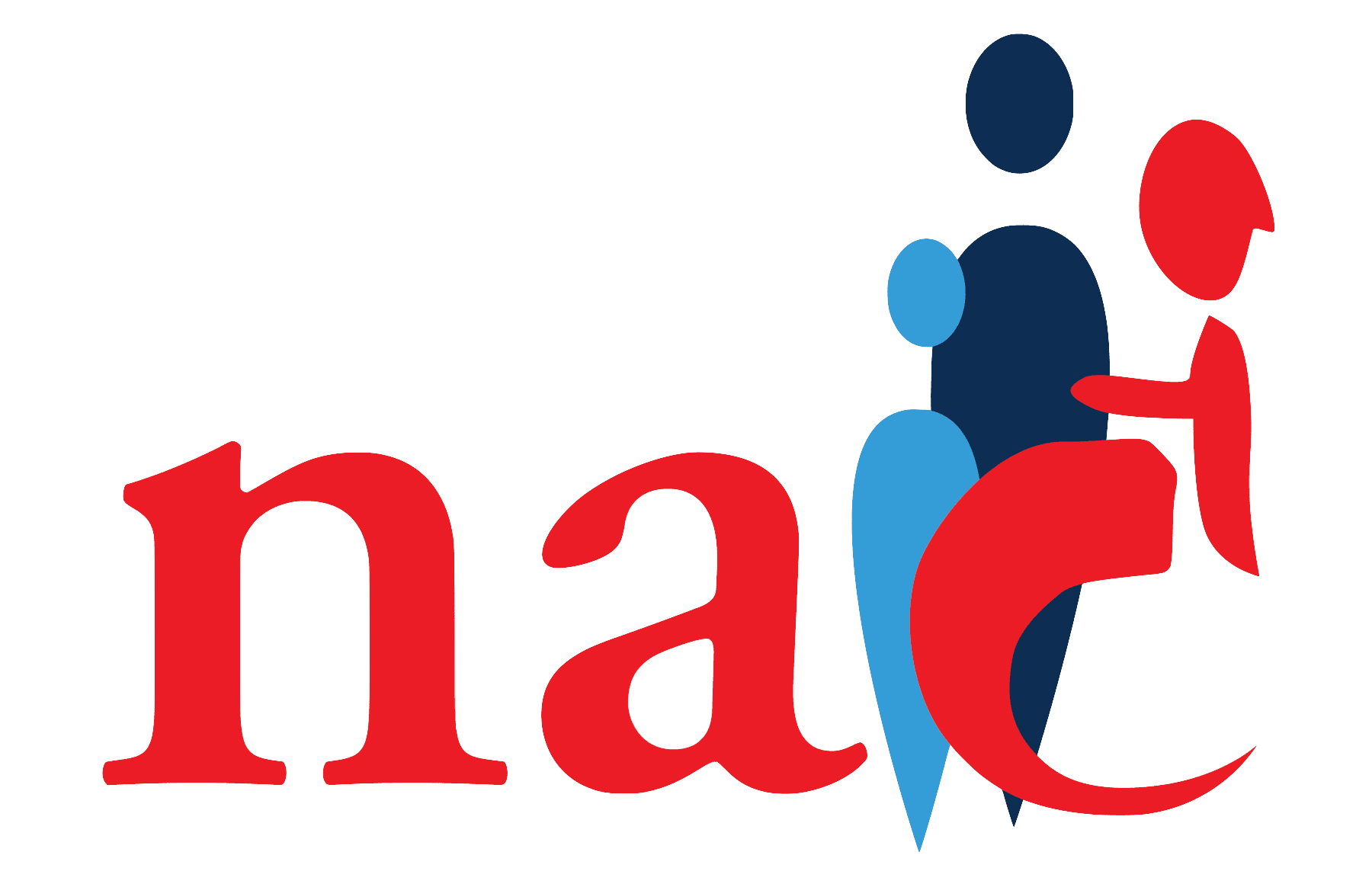Harold was a primary caregiver for his mother, who was diagnosed with chronic adult leukemia. His mother’s care consisted of an extensive support system including Harold’s boyfriend, sister, father and a series of home health aides. Significantly, Harold had additional support from members of his parents’ church community, which he considers to be reflective of his Black culture. Even after his mother moved across the country to be closer to her family, church members would fly out to visit her often, sent food and provided other resources regularly.
During a doctor’s appointment trying to secure pain medication for his mother, the provider made Harold feel uncomfortable and judged. Through recommendations from his sister who works in healthcare he was able to find an alternate provider who was welcoming to both him and his mother and importantly provided needed medical attention.
Despite being Black and queer, Harold felt he had most of the resources needed as a caregiver. He wasn’t aware of patient advocacy groups who assist caregivers but admits this resource could have been helpful. As far as discovering what patient advocacy groups are, he believes simple, to-the-point targeted messaging to BIPOC and LGBTQ+ communities on social media is important including examples of what services patient advocacy groups provide, associated costs and where to find them.
